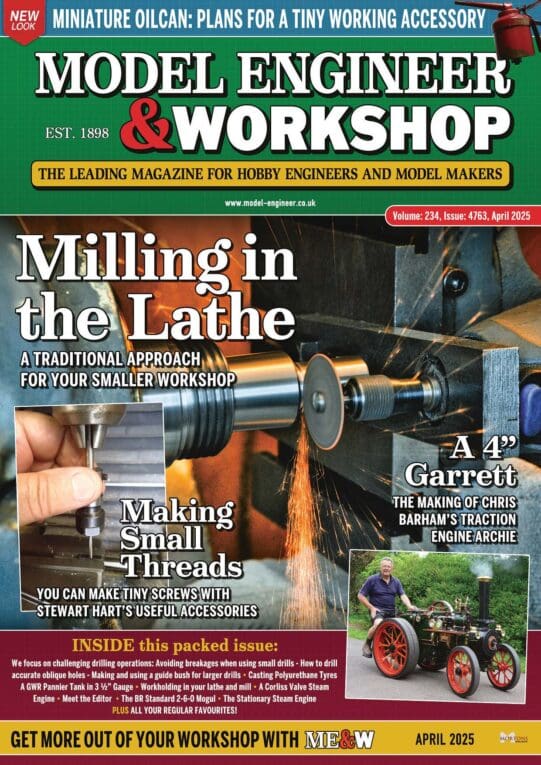Your first sentence or so show why the MELG scheme does not suggest using ultrasonic test equipment. You clearly have considerable professional knowledge and experience in industrial conditions, and most model-engineering societies are very unlikely to have anything like that among their members.
By my own professional background I know some of the basics of acoustics, but that does not qualify me to buy an ultrasonic thickness-tester and claim to use it at all sensibly on a miniature boiler that has seen a rally-field or two. And you do point out its value is very limited anyway by the likelihood of missing serious pitting.
If all you want to verify is the plate thickness against the drawing, it’s likely there are visible places you can wave a six-inch rule over. However, if the boiler was professionally built and certified as are most steel ones we now see, I think we can take the manufacturer’s word for it. Even if we had the drawings.
Perhaps the procedure was written to avoid “little-learning” situations. Results that are unwittingly wrong because the user convinced himself and his pals he knew all about it (from YouTube and some practice on oddments of plate?) are worse than useless. So the simpler the method the better for amateur use, provided it still satisfies the H&S and insurance engineers who reviewed it.
On Saturday we did have two boilers to test without their lagging.
One had just been re-tubed so had, and passed, a new shell-test (X2 w.p.).
The owner of the other wants the unlagged inspection every six years, not that rather peculiar seven in the rules. This would keep it matching every third two-yearly hydraulic test; and since the interval is shorter than the requirement there is no reason not to. We thought whoever was responsible for The Procedure might like to think again and change the 7 to either 6 or 8 years.
There was a fair amount of discussion on how to lay up a boiler safely – full of water, or drained and left open. I recall seeing a booklet issued by Cochran, who made stationary plant boilers, which suggested either according to which suited the owner better. For the latter, during long lay-ups, it suggested a small wood fire at intervals to dry the internals.
For a miniature, a small electric heater would be better. One former club-member kept the emptied steel boiler on his 7-1/4″ g. narrow-gauge loco dry in the shed by placing an inspection-lamp with a 40W filament bulb, in the firebox; and an old blanket over the entire locomotive. Much to the delight of a wood-mouse who made his nest on the footplate!
.
Blowing-down: doing so from a fairly low pressure is specified in the manufacturer’s literature for my steam-wagon boiler. In any case, blowing-down at high pressure will not remove scale already deposited. As you say, really the only way to avoid the problem in the first place is to use soft, or treated, water.
Nigel Graham 2.




